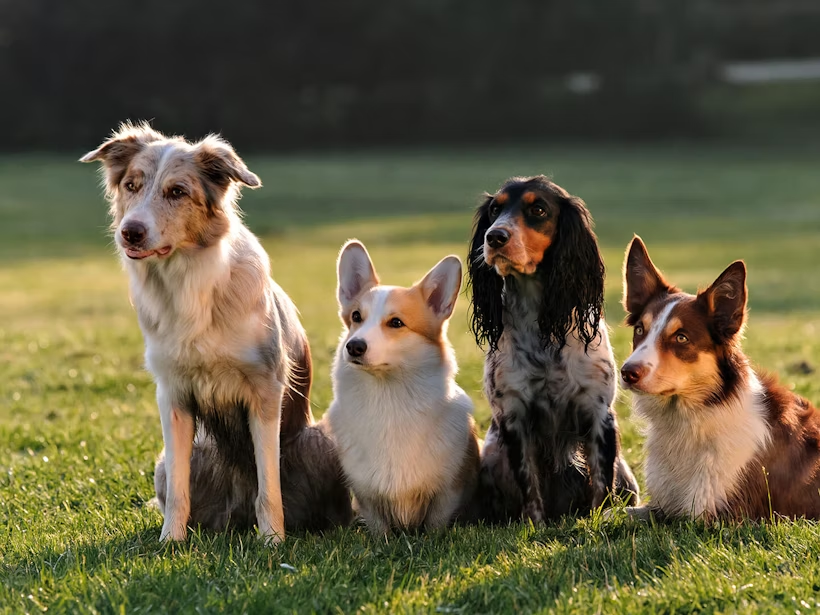Summer is over, and the kids are firmly back in their school routines. Why not take a cue from the teachers in their classrooms and use this time of year to recommit to dog obedience training?
We often think about teaching commands and good behaviors when dogs first come into our lives. But to reap the benefits of a well-mannered dog long-term, training is an ongoing commitment.
Fortunately, obedience training can be a fun activity for both you and your dog. And in this post, you’ll learn how.
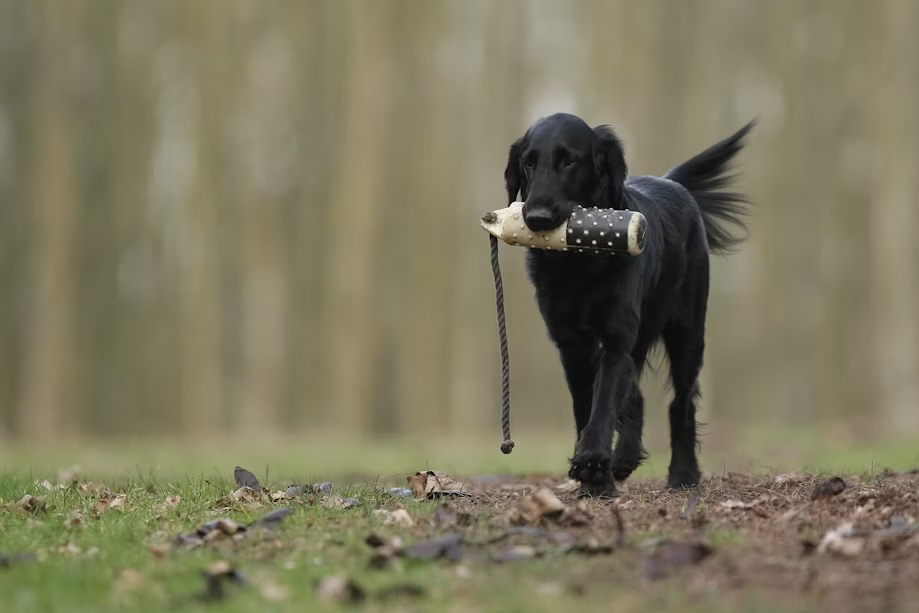
Designing a Dog Obedience Training Program That Works
Whether you’re potty-training a puppy or teaching an old dog new tricks, the cornerstones of a successful dog obedience training program are trust and consistency. When dogs trust that we will keep them safe and are confident they know what we expect, they are more eager to follow our lead and make us happy.
To build a relationship with your dog and use the training methods that work best, it’s helpful to have an understanding of their natural tendencies. As with people, dogs have different personalities and quirks. Breeds—or breed groups—have characteristics that impact their train-ability.
Let’s use a few genetic groups to illustrate the point.
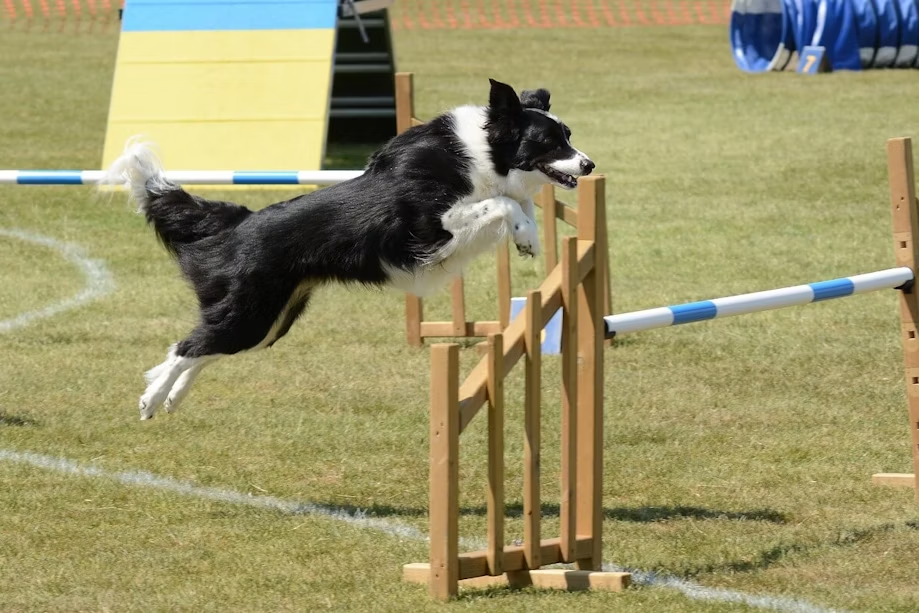
How to Train Herding Dogs
Dogs that fall into the herding group include the Border Collie, Pembroke Welsh Corgi and German Shepherd Dog.
These breeds are extremely intelligent and thrive when given a job to do. This makes them very trainable—as long as you keep them active and engaged. (Boredom may lead to mischievous or nuisance behaviors.)
When training herding dogs, consider incorporating agility drills that take advantage of their natural athletic abilities and stamina.
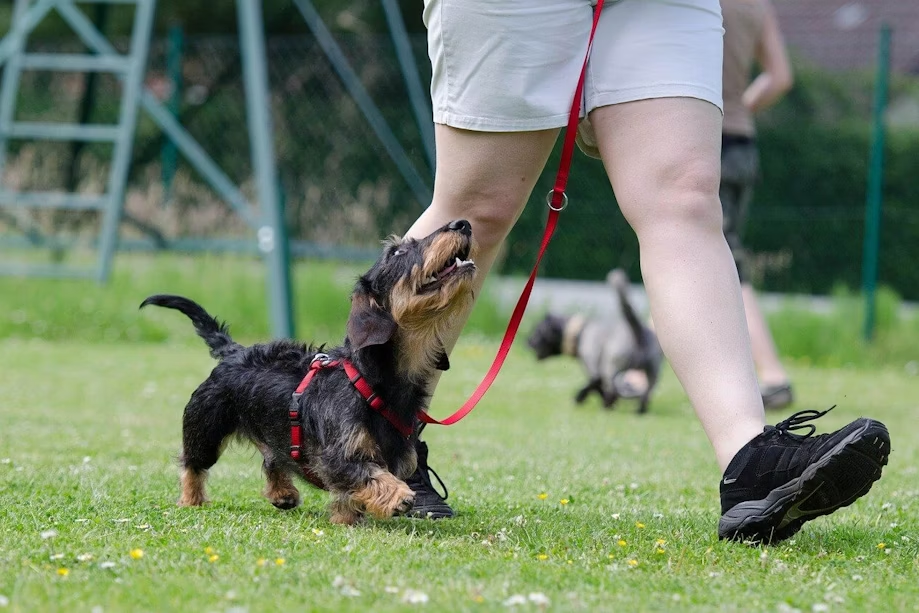
How to Train Terriers
Breeds in the terrier group include the Dachshund, Russell Terrier and West Highland White Terrier.
Originally bred to chase down small animals such as rats and weasels, these dogs can be feisty and stubborn. Left unchecked, their determination and tenacity may manifest as aggression.
So, training a dog in the terrier group requires extra patience and diligence.
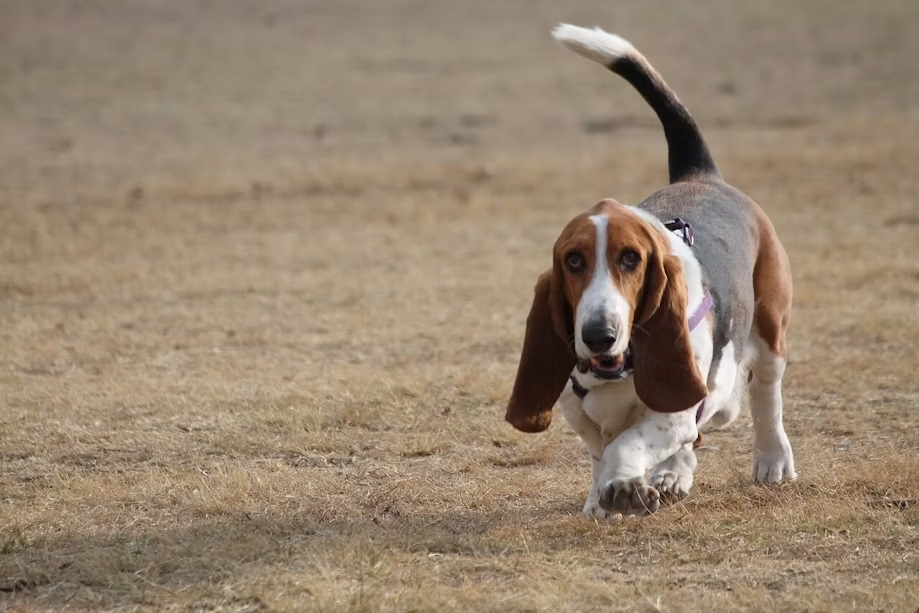
How to Train Hounds
The Basset Hound, Beagle and Bloodhound are some of the breeds that make up the hound group.
These intelligent dogs were originally bred to hunt, and that instinct remains with them. If they pick up a scent, they are naturally inclined to chase after it. This can make them difficult to train, as they may be less interested in obedience and more interested in catching their prey.
Using positive reinforcement and high-value treats, however, will help you develop appropriate behaviors.
Learn more in the breed library.
Even within breed groups, individual breeds have their own unique characteristics. To gain a better understanding of your dog, check out our breed library.
Dig into Dog Breeds